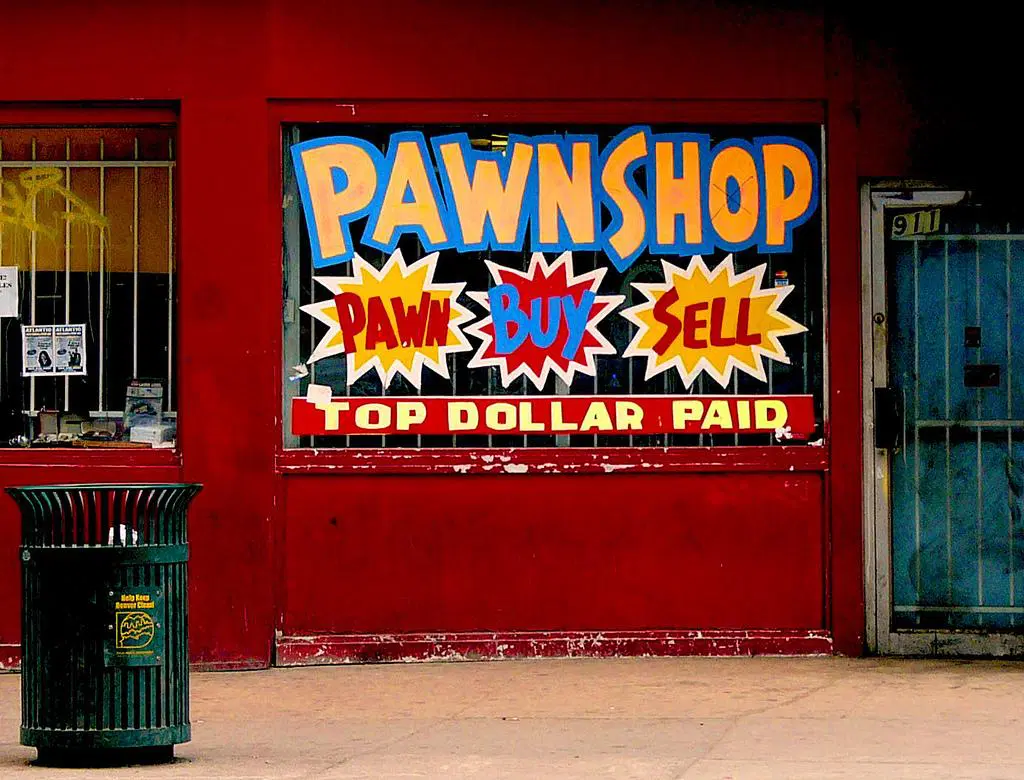Pawn shops have gained significant popularity in the United States over the past few decades. These businesses play an important role in helping customers during times of financial difficulties. In this article, we will take a closer look at the pawn shop industry in America and discuss some of the key factors contributing to its growth.
History and Basics of Pawn Shops
Pawn shops have existed for hundreds of years and the basic concept remains unchanged – customers can use valuable possessions like jewelry, electronics, or musical instruments as collateral for short-term loans. If the loan is not paid back within an agreed upon time period, usually 30 days, the item gets sold by the pawn shop to recover the loan amount. Pawn shops burgeoned in the U.S. during the 19th century with waves of immigrants arriving and needing quick access to cash. Today, pawn shops fulfill a similar need by providing loans to those with little or no credit history. A typical pawn shop transaction involves the customer receiving around 25%-50% of the item’s appraised value in exchange for the collateral. If they pay back the loan plus interest, which is usually around 25% per month, they can reclaim their possessions.
Rising Popularity and Size of the Industry
There are currently around 10,000 pawn shops operating nationwide, demonstrating how integral they have become in the American financial system. Various estimates put the total annual revenue of the pawn shop industry from $5-$10 billion per year. Several factors have contributed to this significant growth over the past 30-40 years:
– Economic Recessions – Pawn shops see a notable uptick in customers during economic downturns as more people face financial hardship or lack of steady employment. The recessions in the late 2000s and early COVID-19 pandemic years resulted in increased traffic and profits for most shops.
– Online Lending Alternatives – While online loans and financing options through fintech companies have disrupted other sectors, Pawn Shops in the U.S. still hold advantages for those who need cash immediately without a credit check. Many turn to their local shop rather than waiting days for an online loan to be approved and funded.
– Demographics – Younger generations who have come of age in the smartphone era and may be facing student or medical debt are also utilizing pawn shops more regularly than in the past. An aging population may also play a role as seniors look for ways to supplement fixed incomes.
– Television Shows – Popular long-running reality shows centered around pawn shops like Pawn Stars have helped destigmatize these businesses and draw more casual visitors interested in the sale items beyond just loans. This additional foot traffic has been beneficial.
Products and Services Beyond Basic Loans
To keep attracting clientele, modern pawn shops now offer an array of additional products and services beyond straightforward loans on used goods. Some have expanded into retail storefronts selling new items from hot electronics to tools to fishing gear alongside pre-owned inventory. Gun sales and trading are also a significant revenue stream at many locations due to demand. Pawn shops have further diversified into offering:
– Precious Metal Purchases – Most shops will buy gold, silver and other valuables on the spot, allowing quick access to cash. This has become a bigger business amid gold/silver market fluctuations.
– Ticket/Event Resale – Some operate as a secondary ticket exchange market charging commissions to both buyers and sellers. Sports, concerts and shows are commonly resold.
– Free Appraisals – Valuations are regularly performed whether customers ultimately wish to hock or sell their belongings to provide peace of mind.
– Small Equipment Rentals – Power tools, party supplies, trailers/trucks are among items available on a daily/weekly rental basis.
These new sidelines contribute greatly to keeping customers returning regularly rather than seeing pawn shops as an absolute last resort option. The variety of inventory and additional opportunities set them apart from strictly online competitors as a one-stop for financial and merchandise needs.
Industry Challenges and Outlook
While thriving overall, pawn brokers still encounter criticisms related to predatory lending practices and enabling addiction issues for some habitual customers. Strict state regulations aim to curb excessive interest rates or rollover rolling of short-term loans into longer-term debt cycles. Public perception challenges also come from the notion they profit from others’ financial misfortunes. Technological changes bringing more buyers and sellers together privately online also presents a threat if the brick-and-mortar experience becomes obsolete.
However, as long as economic volatility persists and portions of the population remain underserved by traditional financial options, demand for pawn shops is likely to endure. Younger customers raised on sites like eBay opening up new resale markets work in their favor too. With adaptive business models adding complementary services, major industry players are positioning well for ongoing relevance filling credit/cash gaps into the future. Pawn shops have deepened roots as mainstream American enterprises after centuries of operation improving conditions for those in temporary financial need.




